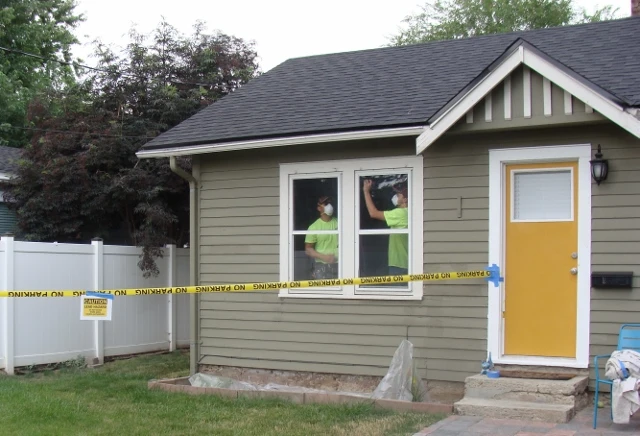
If your home was built prior to 1978, chances are good that your home will test positive for lead. Even common renovations such as window replacement, siding and painting can create hazardous lead dust and chips. Even small amounts of lead dust can be harmful.The elderly and small children are most often considered at risk.
When you hire a renovation specialist, you’ll want to make sure they follow the following guidelines to protect your family from potential risk.
- Remove all products from the area. Protect items that can’t be removed by tightly wrapping them with plastic sheeting and seal with duct tape.
- Cover floors with plastic sheeting. Include the ground on the exterior of your site also.
- Turn off all forced-air systems and tape plastic sheeting over vents and returns.
- Close all windows and doors in the work area.
- Wear a mask or respirator.
- Use water to keep the dust particles down.
- Vacuum with a High-Efficiency Particulate Air (HEPA) filter.
- Dispose of all tarps, gloves, sponges, and rages in a heavy duty plastic bag and wrap tightly with tape to secure.
- All clothing should be laundered separately.
The EPA expects professional renovators to hold to a higher standard. Renovation of lead projects take more time for prep and clean up. These standards also make the project more expensive. But when in doubt it’s always a good option to protect your family.
Here is a link to the EPA Renovation website for additional information. https://www.epa.gov/lead/renovation-repair-and-painting-program-consumers